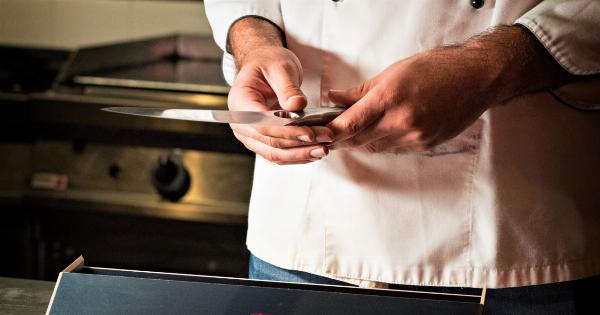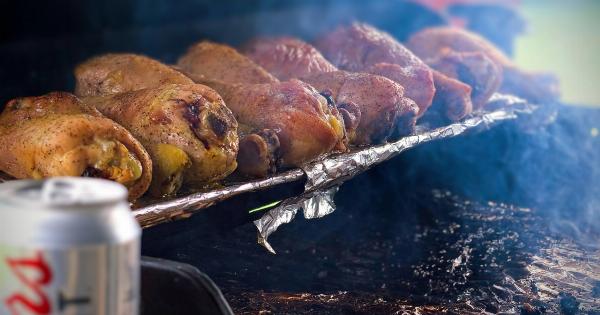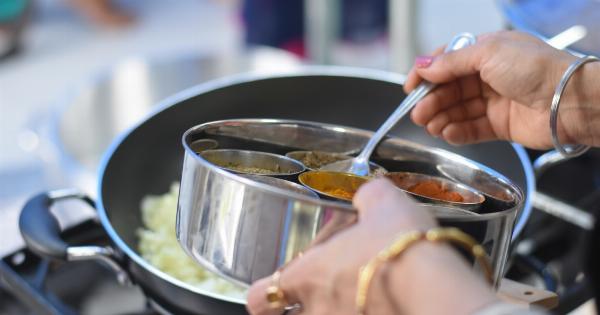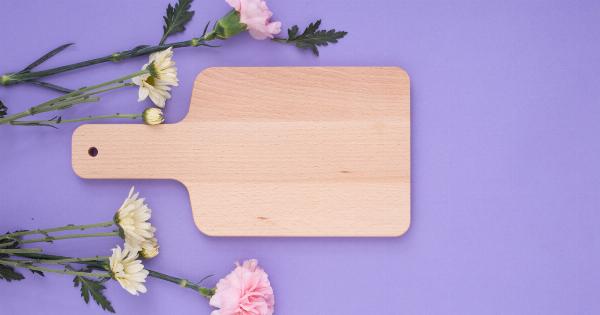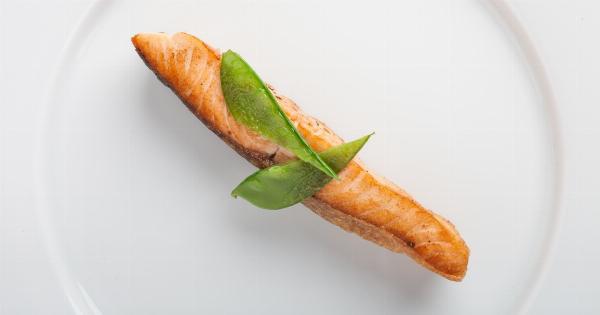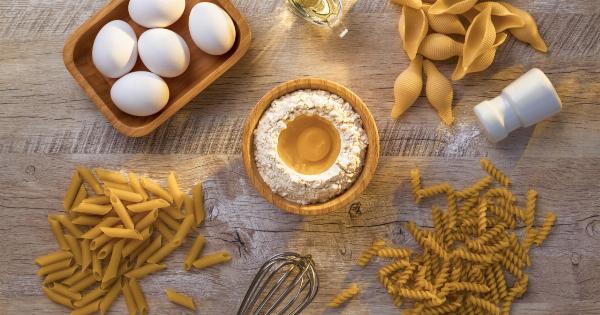When it comes to cooking, using a knife properly is an essential skill. Whether you’re slicing vegetables or cutting meat, knowing how to handle a knife can make a world of difference in the kitchen.
But did you know that you can also use a knife to cut fat? In this ultimate guide, we will explore different techniques and methods to effectively cut fat with a knife, helping you create healthier and leaner meals. So, grab your knife and let’s get started!.
Why Cut Fat?
Before we dive into the techniques, let’s understand why cutting fat is beneficial.
While fat is an important macronutrient that provides energy and supports various bodily functions, excessive consumption of unhealthy fats can lead to weight gain and health issues such as heart disease. By incorporating fat-trimming techniques into your cooking routine, you can reduce the amount of fat in your meals without compromising on flavor.
Choosing the Right Knife
Before we begin, it is crucial to use the right knife for the job. A chef’s knife or a Santoku knife works best for cutting fat. Make sure the knife is sharp to ensure clean and precise cuts.
Dull knives can result in uneven edges and may require excessive force, increasing the risk of accidents.
Techniques for Cutting Fat
-
Making Lean Meat Choices
Start by choosing lean cuts of meat. Trim visible fat before cooking. Look for words like “loin” or “round” when selecting beef, pork, or lamb, as these cuts generally have less fat.
Removing skin from poultry is another way to reduce fat content.
-
Trimming Fat from Meats
For meats with a visible fat layer, use the knife to remove it. Hold the knife parallel to the cutting surface and glide it along the meat, gently slicing off the fat. Be cautious not to remove excessive lean meat along with the fat.
-
Deboning Fatty Fish
Fatty fish such as salmon or mackerel can be delicious but contain high levels of fat. To reduce the fat content, use the knife to remove the skin and debone the fish, as this is where most of the fat is concentrated.
-
Cutting Away Excess Fat
While cooking meat or poultry, you might notice pockets of excess fat. Simply cut away these sections using your knife to minimize the fat content in your dish.
-
Removing Fat from Soups and Stews
If you’ve prepared a soup or stew and see a layer of fat on the surface, use a skimmer or a spoon to remove it. As the fat floats, carefully skim it off the top, leaving behind a healthier dish.
-
Slicing Fat from Vegetables
Some vegetables like avocados and olives contain healthy fats, but others can develop fatty parts. Slice off any visible fat from vegetables like cauliflower or broccoli, ensuring that you remove the unhealthy portions before cooking.
-
Using Fat as a Flavor Enhancer
While the focus of this guide is on cutting fat, it’s important to remember that moderate amounts of healthy fats can add flavor to your dishes.
Use a small amount of olive oil, avocado, or nuts to enhance the taste of your meals without going overboard.
Safe Knife Handling Practices
Now that you know the techniques, it’s essential to follow safe knife handling practices:.
- Always hold the knife firmly but without squeezing too tightly.
- Use a cutting board to provide stability and protect your countertops.
- Place a damp towel or a non-slip mat under the cutting board to prevent it from slipping.
- Pay attention to your fingers and keep them away from the knife’s cutting path.
- When storing knives, use a knife block or sheath to prevent accidents.
Conclusion
Cutting fat with a knife doesn’t have to be a daunting task. By mastering these techniques and incorporating them into your cooking routine, you can create healthier and more nutritious meals.
Remember to always prioritize safety and handle your knife with care. With practice, you will become an expert at cutting fat and transforming your favorite dishes into healthier versions.



